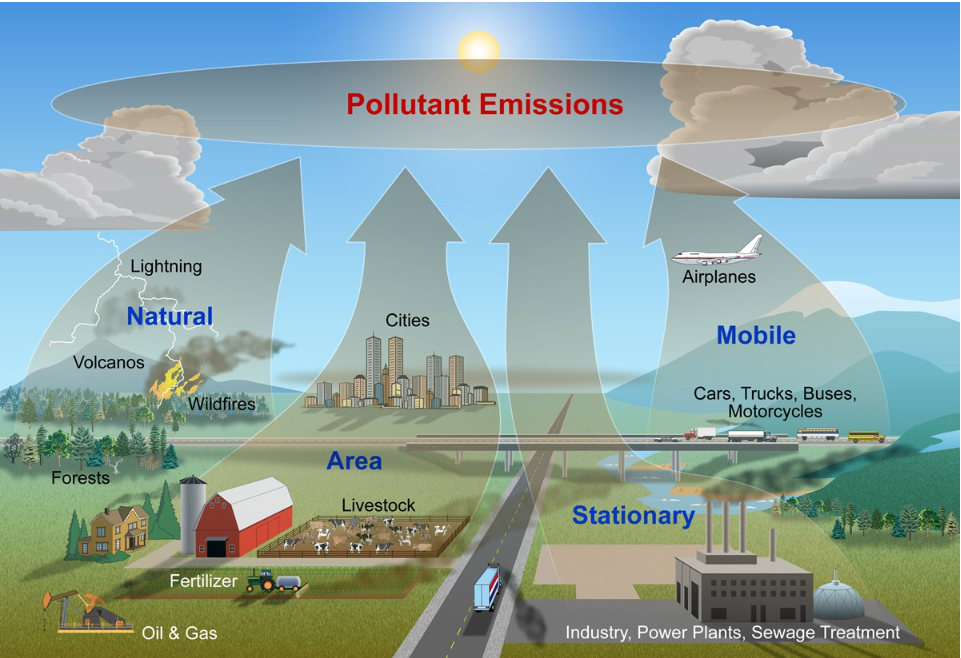2022-06-10 Support Views 481
What are the sources of VOCs?
Like other air pollutants, the sources of VOCs are divided into natural and anthropogenic sources.
Below are some common natural sources of VOCs.
l Dairy farms. Methane is one of the most potent greenhouse gases, and one of the main sources of emissions is dairy farms; manure is a particularly volatile source of this organic compound.
l Plants. Many plants actually release harmful chemicals and absorb them. The reason some plants smell stronger than others is the presence of volatile organic compounds.
l Anything that burns. Whether it's a forest fire or a smoldering volcano, if something is burning, there's a good chance there are harmful chemicals in the air.
Since naturally occurring VOCs tend to exist outdoors with adequate ventilation, this means that these VOCs will likely never accumulate in quantities high enough to cause health problems. However, understanding the source of these VOCs can avoid them as much as possible.
Man-made sources can be divided into two categories: stationary sources and mobile sources. Stationary sources mainly emit VOCs at fixed locations, such as power plants, refineries and other industries that use coal, oil and natural gas as fuel or raw materials and related chemical industries; mobile sources are mainly exhaust emissions during vehicle driving and daily life source. VOCs are almost everywhere in our daily life, such as paints, paint strippers, cleaning supplies, pesticides, building finishing materials and furniture, office equipment such as copiers and printers, correction fluids and carbonless paper, graphics and craft materials (including glues and adhesives), permanent markers and photographic solutions. Many household products contain organic solvents, so VOCs are released when these products are used.
